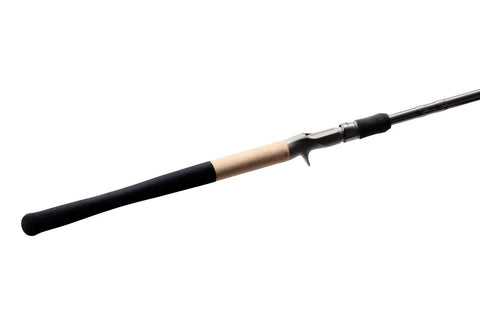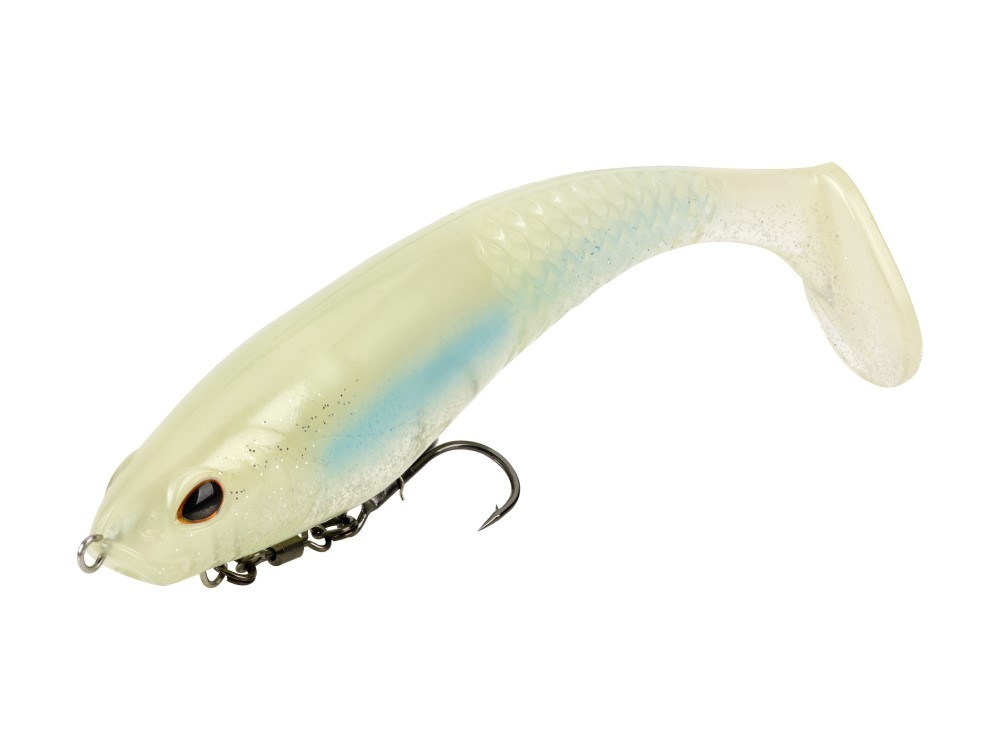My Fishing Memories From Clarks Hill Are Bittersweet
A few years ago on Thursday I drove to my place at Clarks Hill, got up Friday morning and drove up to Hartwell to get information for my January Georgia Outdoor News Map of the Month article. Back at Clarks Hill Saturday morning, I got my first cup of coffee and went out on the deck at my mobile home at Raysville Boat Club and looked at the lake.
Christmas is a time for reminiscing and sitting there took me back over many years of spending Thanksgiving and Christmas holidays at Clarks Hill. Memories flashed across my mind like the lights of a fireworks display on the Fourth of July.
Saturday morning was the kind of day I love, not a ripple disturbed the reflecting pool of the lake surface. The only sound was an occasional craw of a crow or the bark of a squirrel, disturbed in his search for breakfast. I was at peace with the world.
Weather always played an important of my trips. One of the best, about 30 years ago, an unusually warm winter found me fishing in jeans with no shirt or shoes. The water was 61 degrees and big fish were active. I caught six largemouth weighing more than five pounds each and five hybrids weighing six pounds each in three days on Shadraps.
The other extreme was one winter when my dog Merlin woke me at midnight jumping in bed with me in my small camper. That was unusual, she always slept on the floor. The next morning I found out why. Her water bowl on the floor was frozen solid. The small electric heater kept the air tolerable from a couple feet off the floor to the ceiling but could not keep up with the 5-degree low that night.
I called my neighbor back in Griffin and asked her to check to see if she heard water running under my house from burst pipes. She said she did not but the well pump was running. I came home fast and found the well had run dry from pumping water out of 11 holes in pipes. I learned to solder copper pipe that afternoon.
Another winter on Christmas Eve the wind was howling and it was sleeting. I tried to fish but it was bad, so I went behind an island to get out of the wind. I caught an eight- and one-half pound bass on a jig from a rockpile there. After landing it I figured I had had enough and went in to show it off.
Some foggy mornings I unhooked my boat battery charger, pushed off from the bank, put the trolling motor in the water and started fishing. As soon as I got a few feet from the bank everything disappeared in a white haze. Outlines of trees were the only indication anything was near.
I could image I was the only person in the world. The fog dampened even the sounds of crows and squirrels, and the only disturbance was the whirr of my reel and splash of the lure as I cast. Sometimes the sound of a jumping bass, barely seen in the fog, added to the excitement.
I loved being up there by myself. Back then nobody fished during the winter. I had the lake and boat club to myself. One year I went to the boat club Christmas afternoon after dinner in town with my family. For a week I slept when I was sleepy, ate when I was hungry and all the rest of the time I either fished or built brush piles.
That year I did not see another person for five days. The only reason I saw people the sixth day was a trip to town for boat gas.
I had never built brush piles but had heard how effective they can be for fishing. A bank I like to fish near my trailer was bare clay except for two stumps about 50 feet apart. I could usually get a bite by the stumps if they were in the water, but that year the lake was down seven feet and the water just touched the outside edge.
Up on the bank someone had cut down some big cedar trees, cut the trunk out for posts and left the big bushy tops. One afternoon I drug two to the edge of the water, tied the base of the trunk to the stump and flipped the top out into four or five feet of water.
The next morning I cast a crankbait to the tip of the trees and caught two pound largemouth from each.
An old roadbed crosses the creek, rising on a hump out in the middle. There are three-foot drops, from 12 to 15 feet deep, on each side of it where it was cut into the former hill. I pulled two of the cedar tops out there and finally got them to sink by tying 5-gallon buckets of cement to them. I put them right on the edge of the drops about 100 feet apart.
I caught fish out of them for years, including an eight and one quarter pound bass one winter. Three years ago, I won a club tournament fishing those same two trees, they are still there. Cedar does not rot when completely submerged under water.
I have many more fishing and hunting memories from this time of year at the lake, but those are for another time.
Till next time – Gone fishing!











 FOUR DAYS ONLY, the
FOUR DAYS ONLY, the  Limited Quantity of Stormy Kromer Leaf Pile Flannels
Limited Quantity of Stormy Kromer Leaf Pile Flannels
















